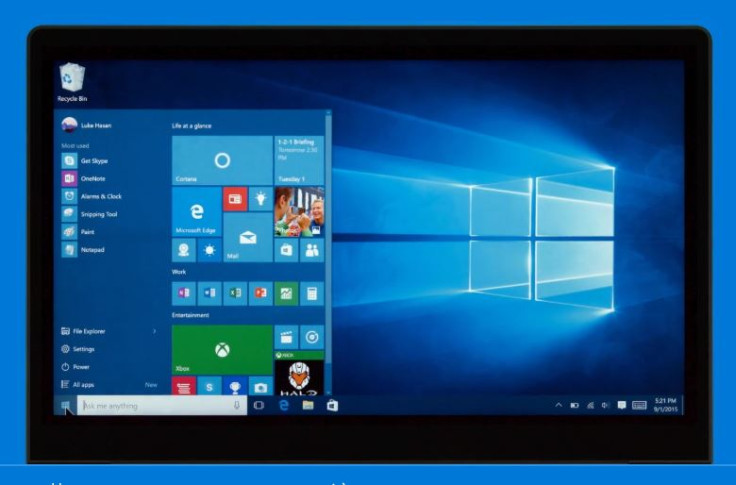Windows 10: How to troubleshoot sound playback issues
Here are easy fixes to address sound issues with Windows 10 update.

Sound playback is one of the common issues after Windows 10 update. To help you resolve sound problems, IBTimes UK brings a few troubleshoot steps. These fixes include basic adjustments such as using troubleshooter, checking cables and volumes, settings default device and more. Check out the following tips for more details.
Fix sound problems with Device Manager
Go to the Start button, enter Device Manager and select it. Under Sound, video, and game controller, select your sound card. Launch it and select the Driver tab then Update Driver.
If the above fix does not work, then uninstall the audio driver. Open Device Manager, right-click the audio driver and select Uninstall. Restart your computer, so that Windows can reinstall the driver.
If that does not work too, try Windows' generic audio driver. Open Device Manager, right-click the audio driver>> Update driver software>> Browse my computer for driver software>> Let me pick from a list of device drivers on my computer>> High Definition Audio Device>> Next and then follow the instructions to install it.
Check out the cables
If you are having sound issues, check the speaker and headphone connections for loose cables. Also check power and volume levels. Note that some speakers and apps have their own volume controls. As a fix, try using a different USB port.
Audio troubleshooter
To resolve sound problems, run the audio troubleshooter.
Check default device settings
When connecting to an audio device using USB or HDMI, set the device as default. For this, go to Start, enter Sound and select it from the list and then on the Playback tab, select a device, then Set Default.
Disable audio enhancements
- Head over to Start>> Sound>> Sound Control Panel
- Go to the Playback tab, right-click the Default Device, then select Properties
- From the Enhancement tab, select Disable all enhancements and try to play audio device
- As a last try, select Cancel, on the Playback tab, select another default device, select Disable all enhancements and try playing audio again.
Try other audio formats
- Head over to Start>> Sound>> Sound Control Panel
- On the Playback tab, right-click the Default Device, then select Properties
- On the Advanced tab, under Default Format, change settings, then reset audio device. You might try changing settings again.
© Copyright IBTimes 2025. All rights reserved.





















